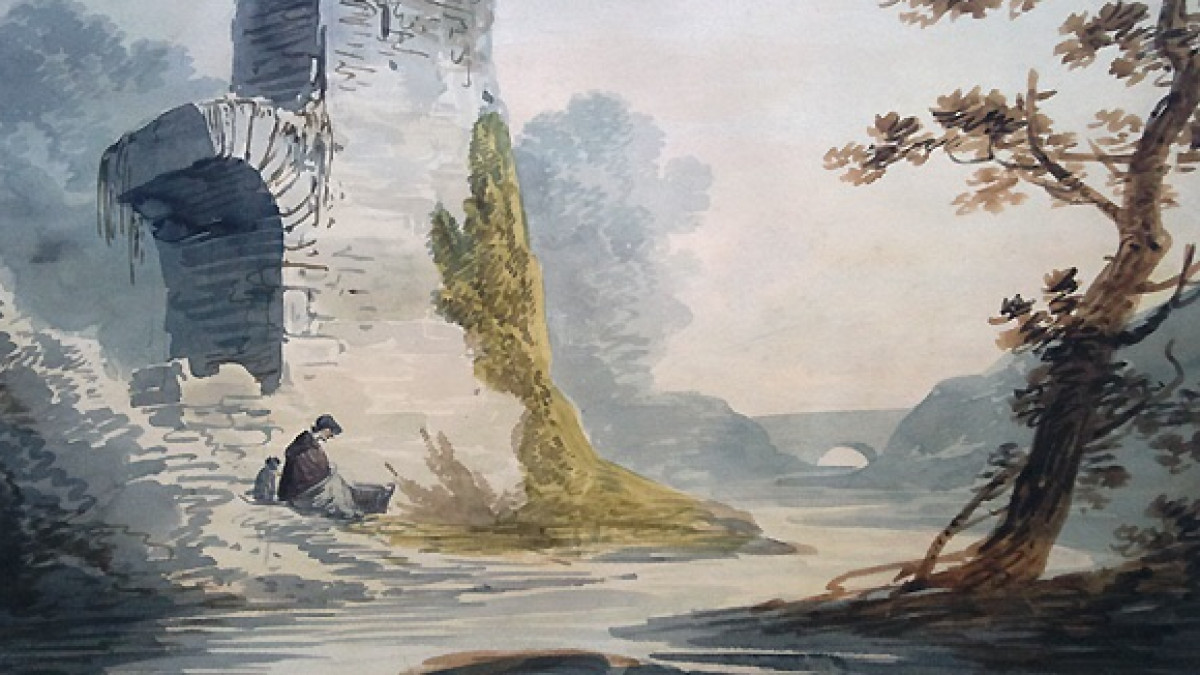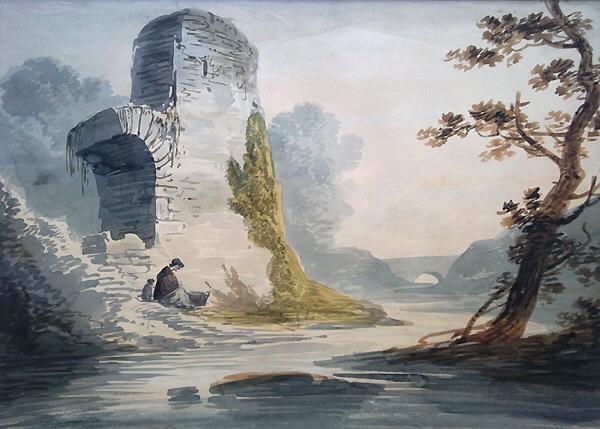The history of Payne's Grey.

I often mention Payne’s Grey quite a lot in my tuition, so I thought you might like to know a bit about it.
Payne’s Grey is made up of a mixture of pigments that combine to make an alternative to black. It is usually very dark in masstone, and reveals very blue undertones when diluted. Payne’s Grey can be found in almost every oil, acrylic and watercolour range – proof of its popularity. This article explores where the colour originated, and how it can be used in the palette.
The History of Payne’s Grey
Payne’s Grey was created by the British painter William Payne. William Payne was born in Exeter, Devon, in 1760 and found acclaim in London as a watercolour tutor. Along with the creation of Payne’s Grey, he is also credited with the technique of splitting a wet brush to make different marks for foliage, and using the side of a dry brush to make rock-like textures in the foreground (perhaps we can think of him as an 18th century Bob Ross?). He was criticised by the ‘serious’ painters of the time for apparently reducing painting to a step-by-step, easy-to-use approach. It should be noted, however, that his mark-making methods were not new. Chinese landscape painters were certainly using these techniques with their brushes in the 15th century, if not long before.
His primary legacy, however, is the colour Payne’s Grey. It is a deep, stormy grey with a distinctly blue undertone. The ‘original’ colour, used by Payne himself, appears to have been a mixture of Prussian Blue (some sources say it was Ingido), Yellow Ochre, and Crimson Lake:
What is lovely about looking at William Payne’s work is that you can see how he used the colour he created. In the river scene below you can clearly see how he used Payne’s Grey in high concentration in the foreground, and applied more and more diluted as the distance recedes from view – a very effective way of evoking a sense of depth.

His paintings may not be well-known today, but it’s interesting to reflect on the legacy that this British painter continues to have. The vast majority of watercolour, oil, and acrylic ranges carry Payne’s Grey, evidence of its continued demand. Today, a ready-mixed Payne’s grey varies from range to range, so its hue is not consistent across brands.
Categories: : All about paint
 Nicola Blakemore
Nicola Blakemore 